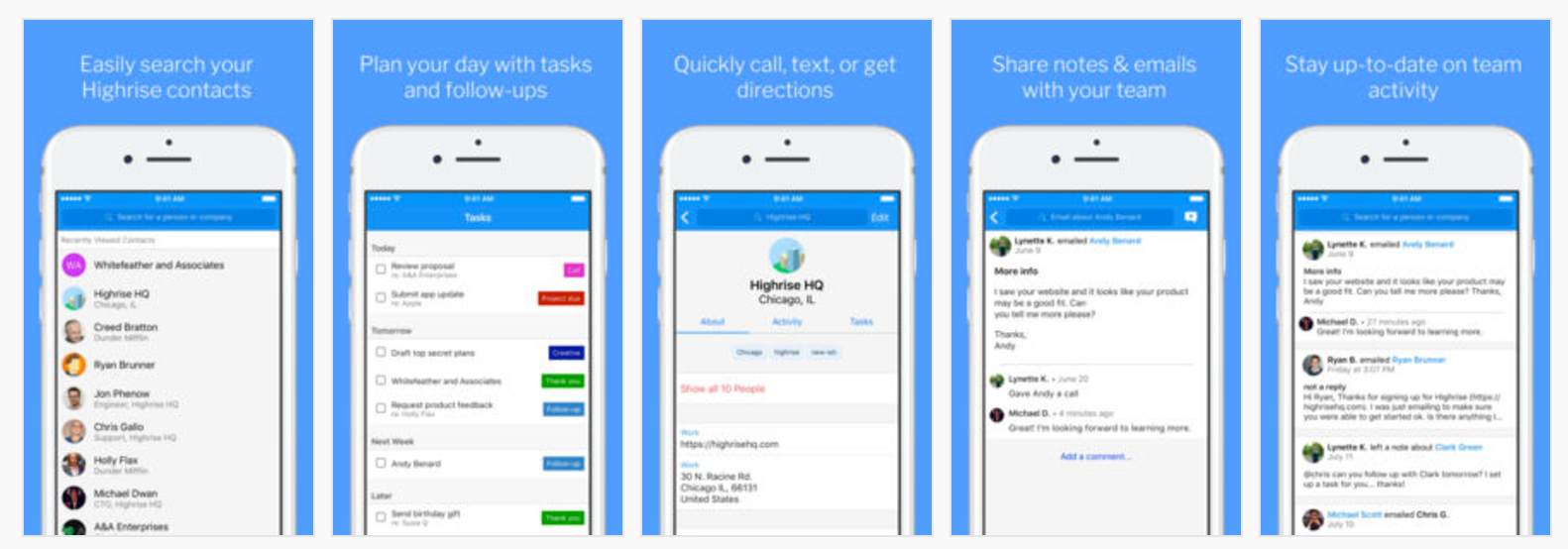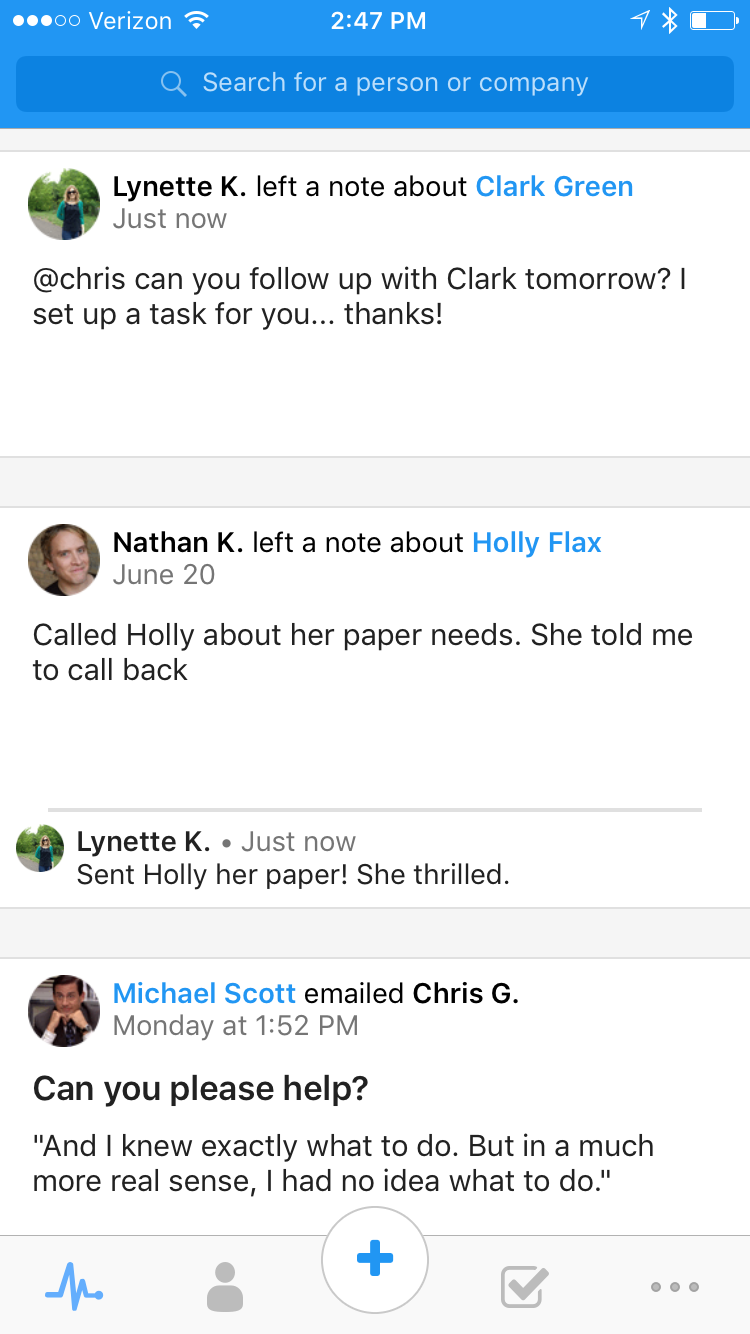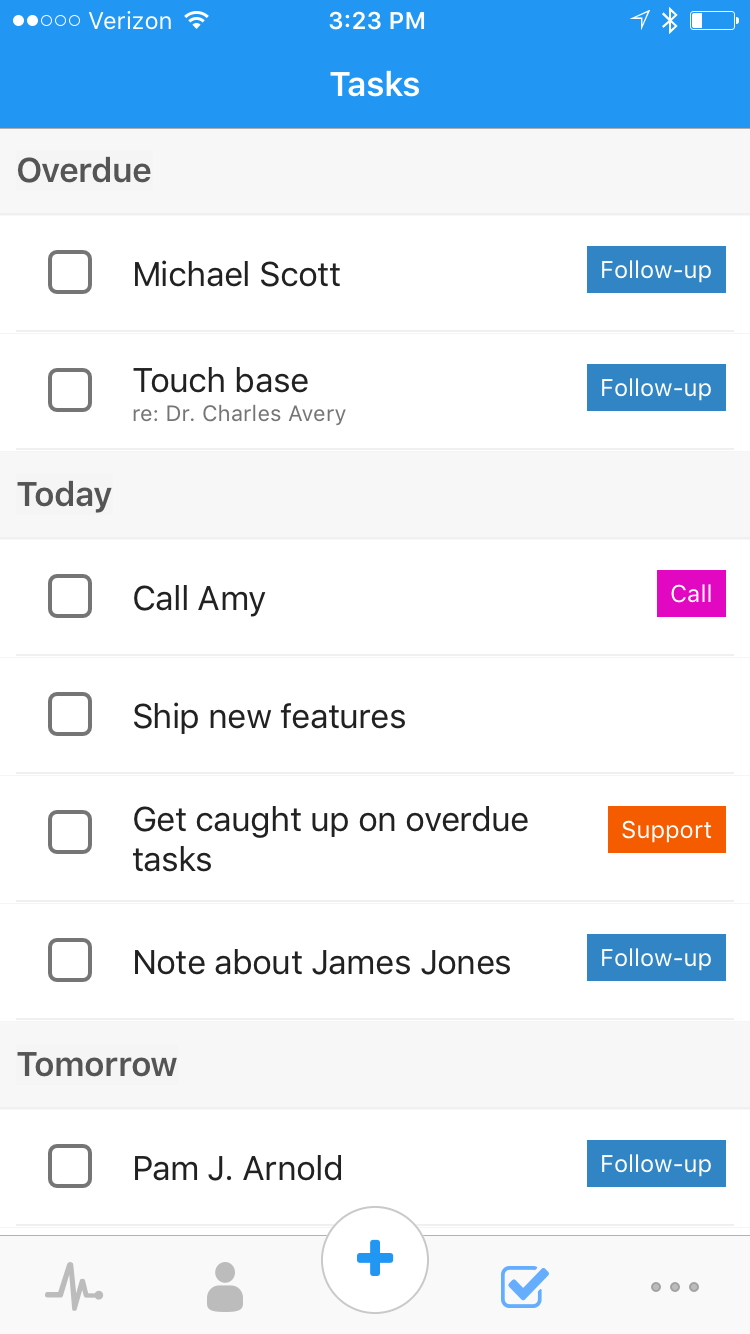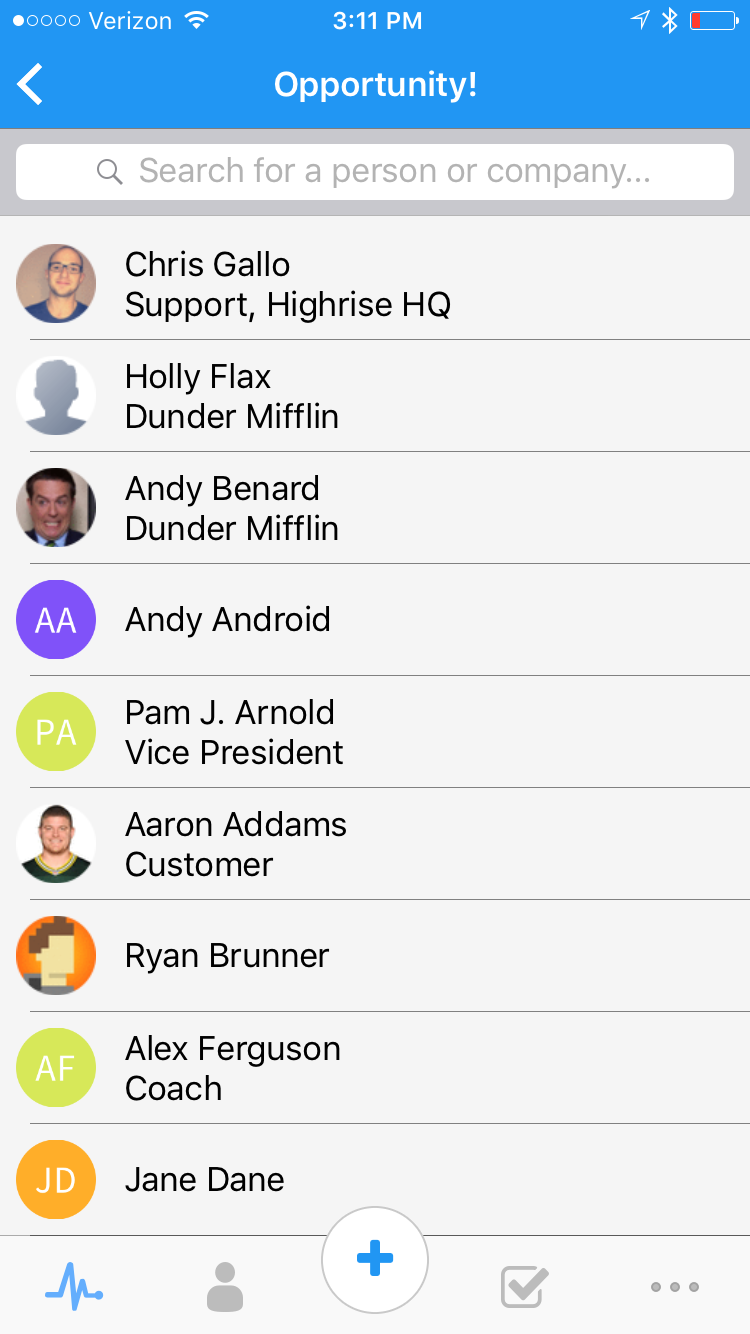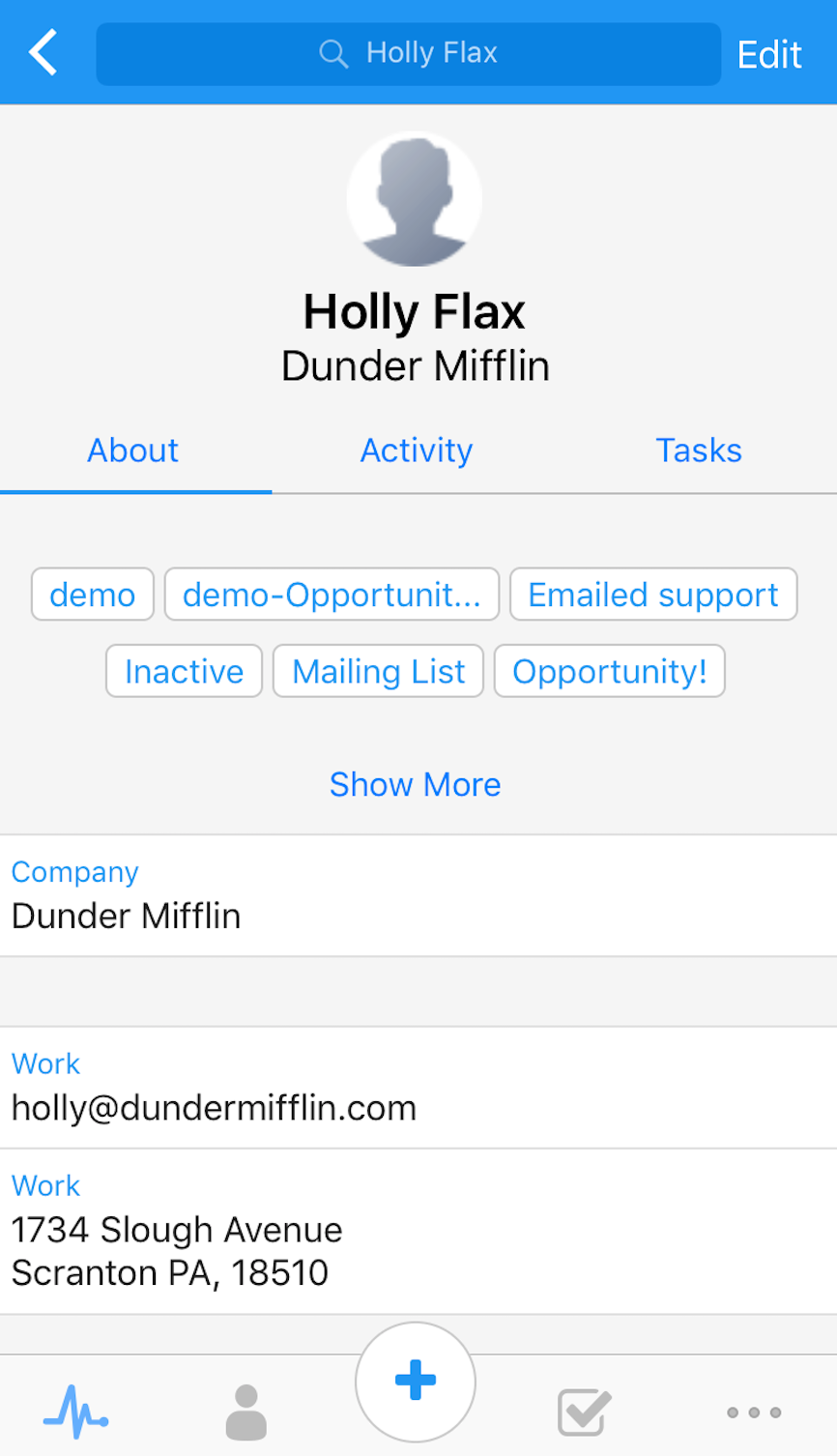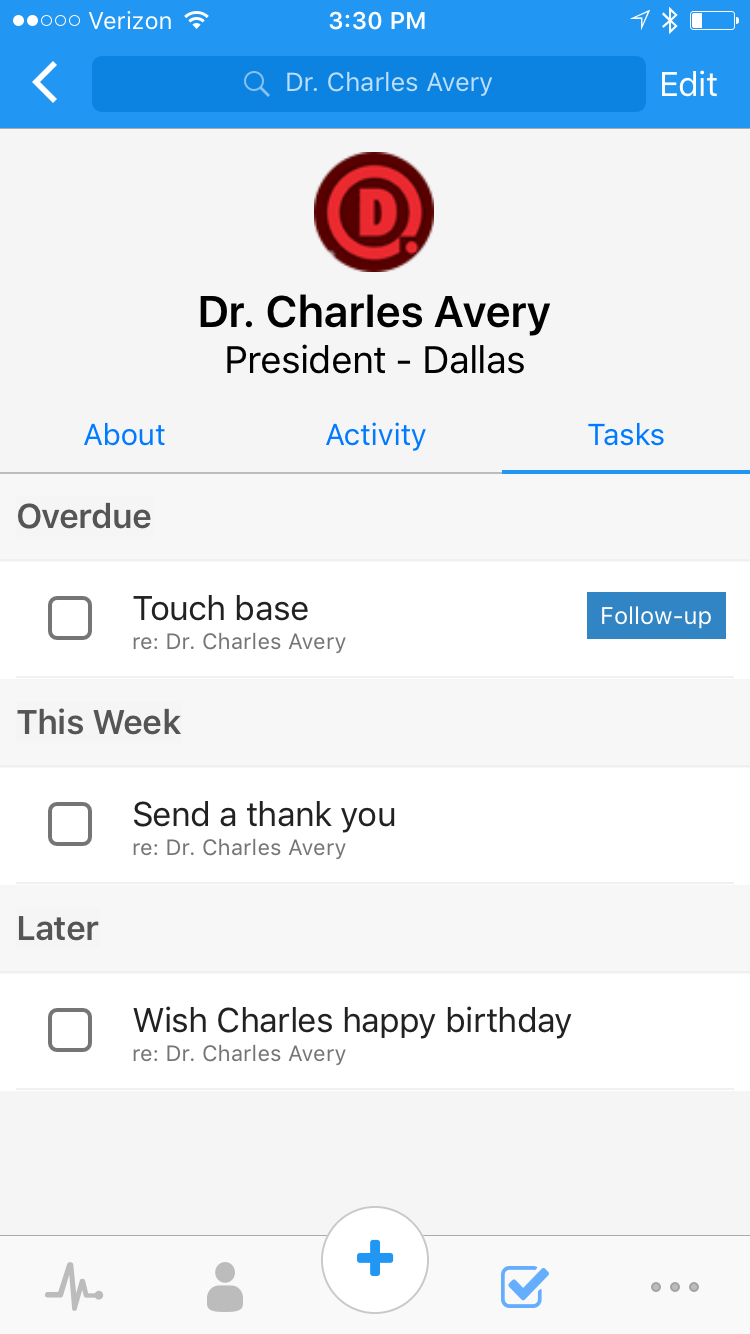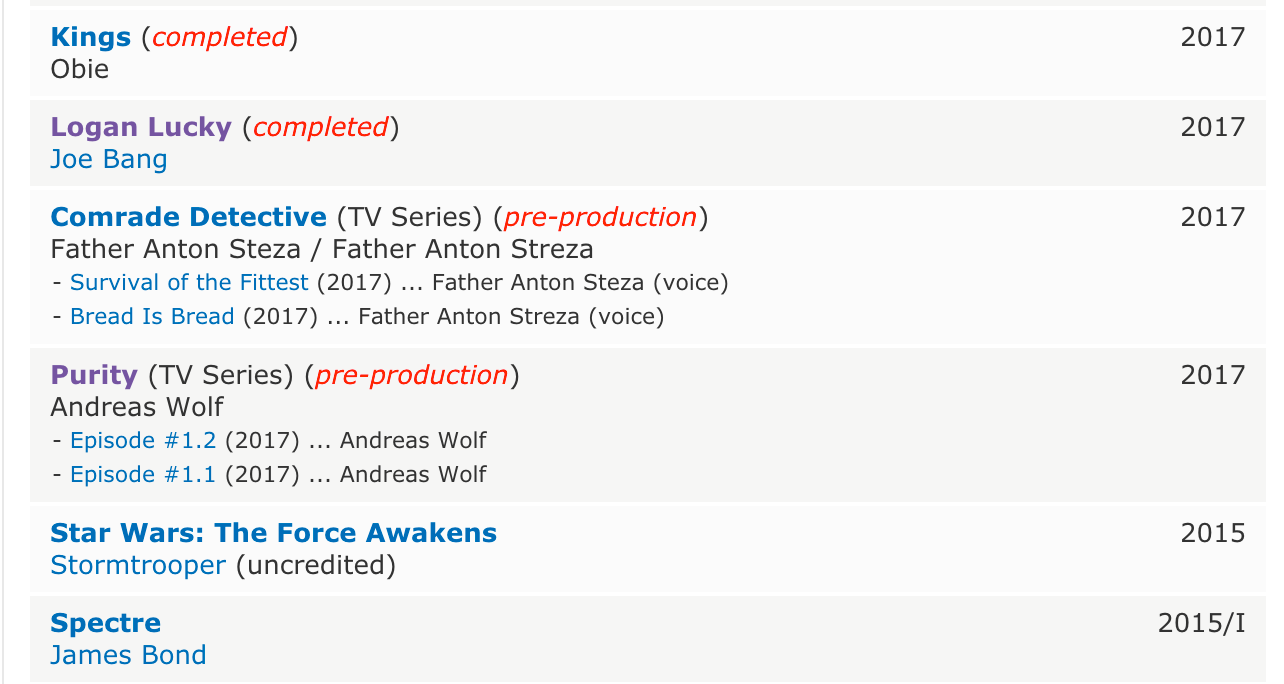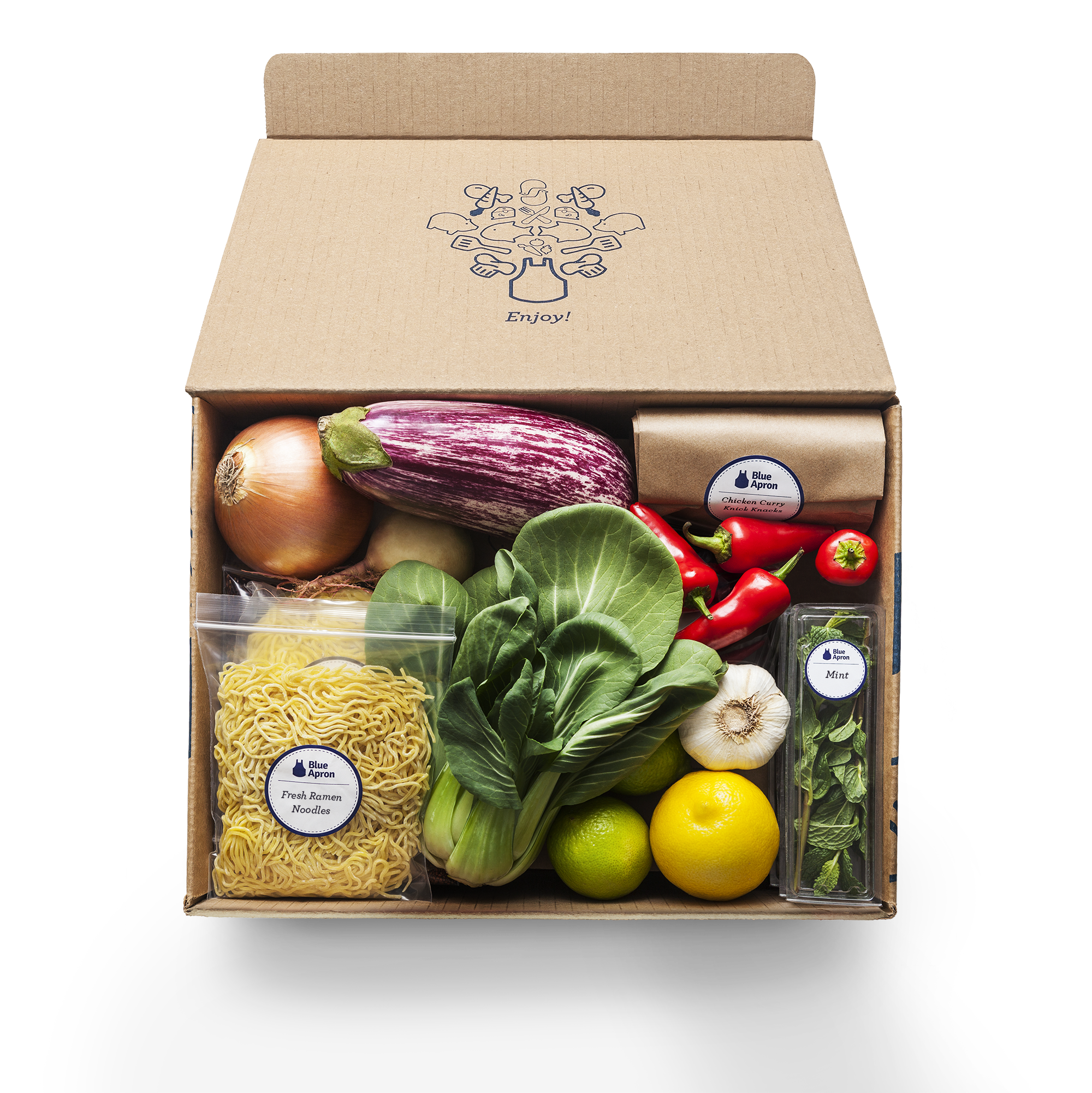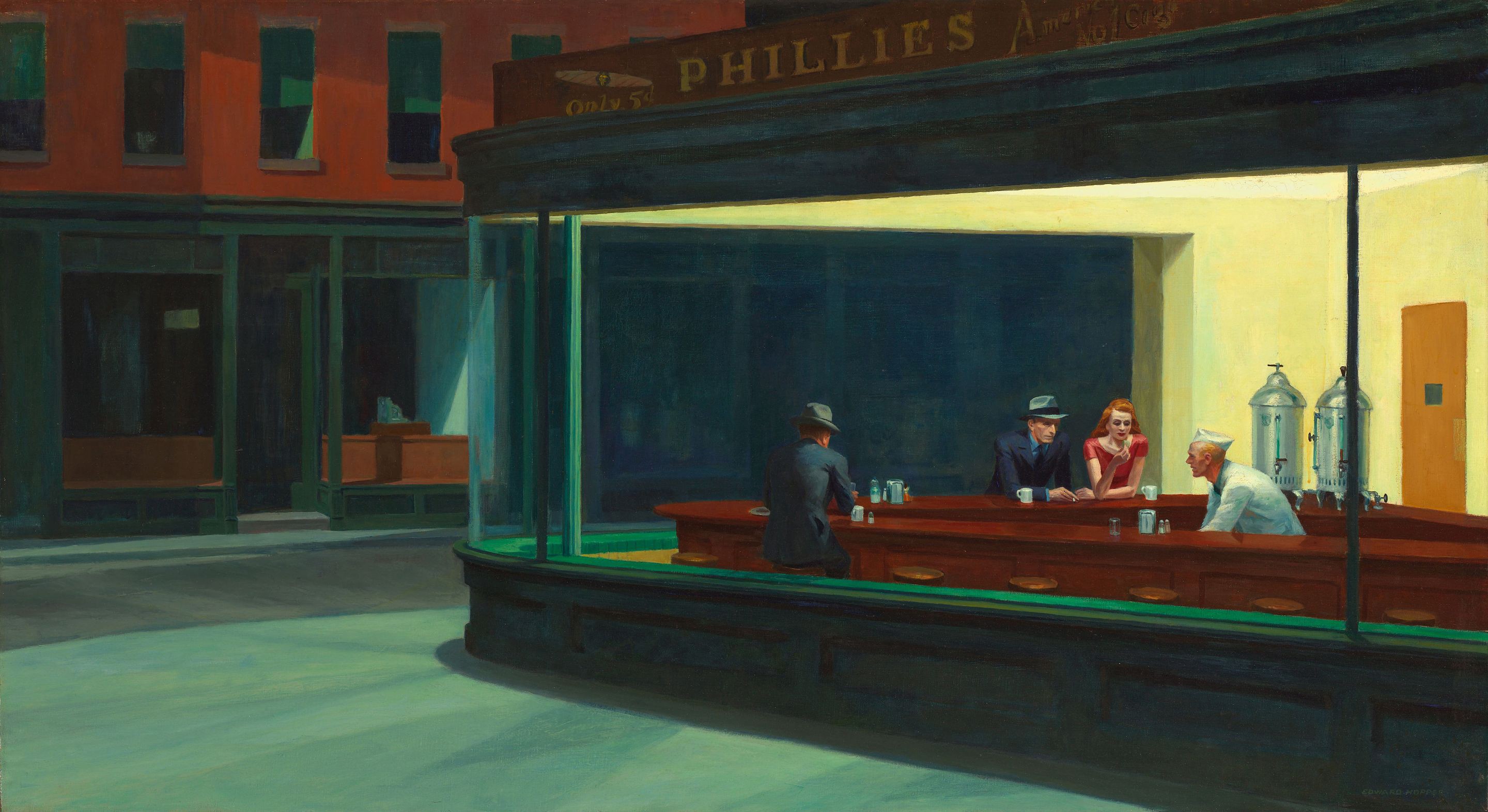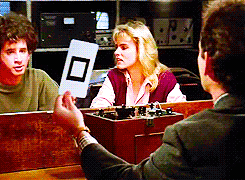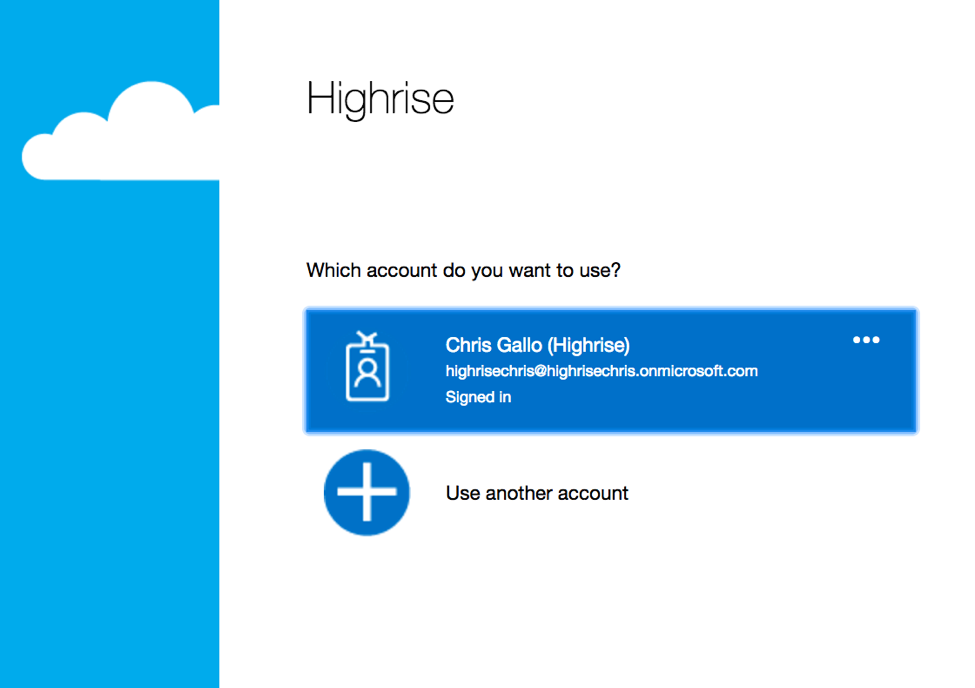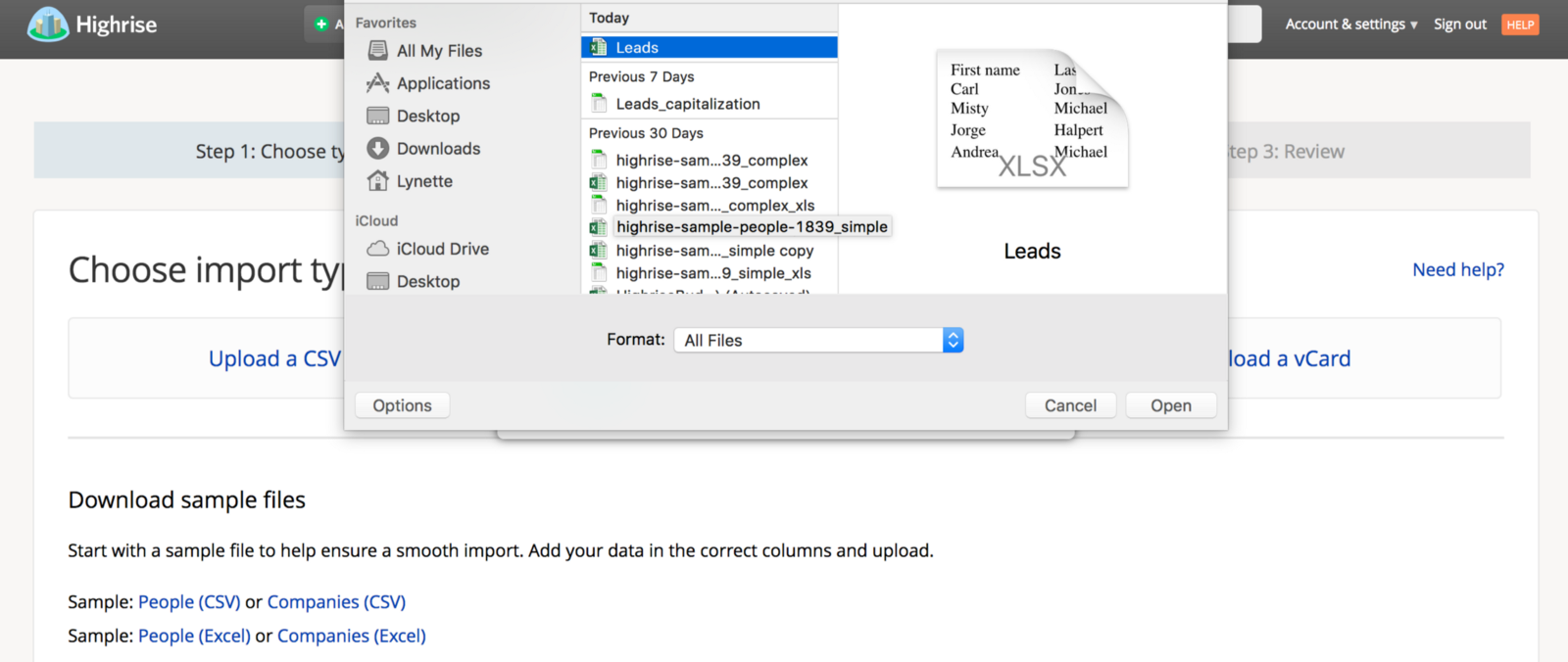Three years ago today, Basecamp announced Highrise was spinning off as our own company. We knew we had a good tool on our hands that was already well loved by tens of thousands of users (some of whom are celebrating 10 year anniversaries every day!). So we had to make sure any changes we made simplified people’s work or gave them powerful new tools instead of ruin their current workflows.
We took great effort to roll changes out gradually. But over time you can see how far we’ve come:
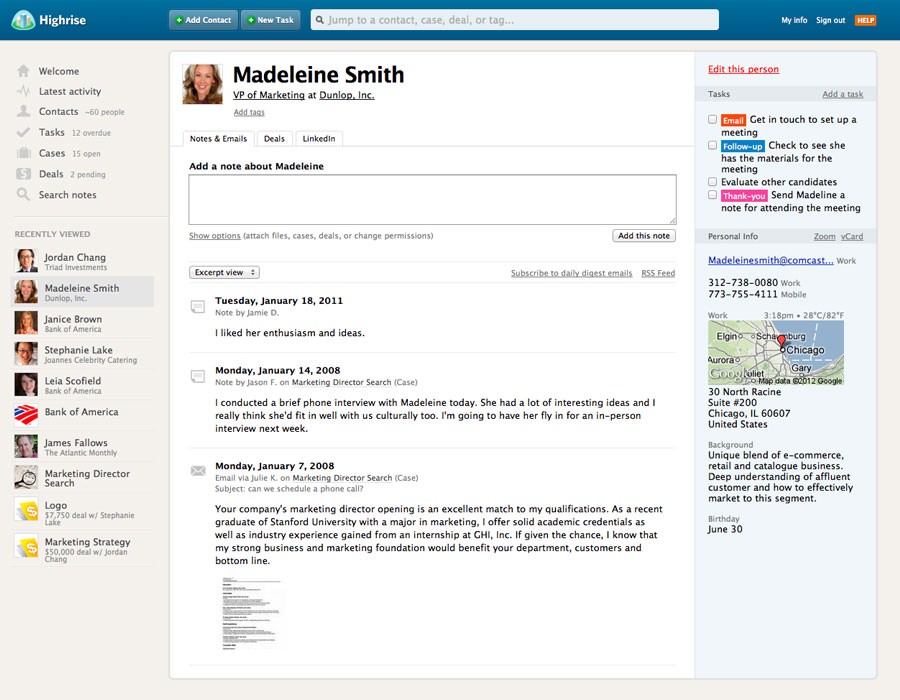
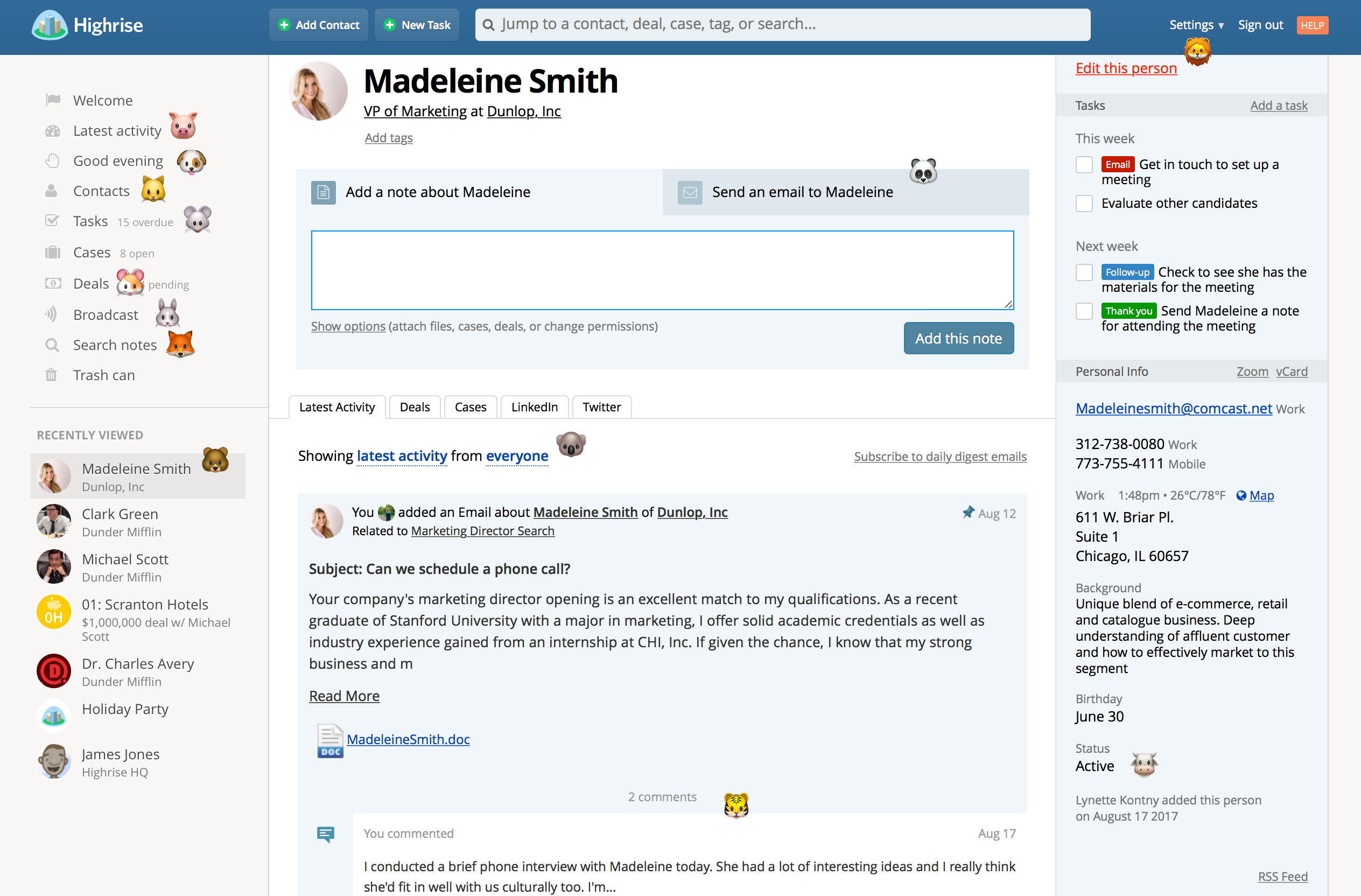
icons defined below from top to bottom and left to right across the image… icons not part of Highrise, though emojis definitely are available 🙂
🐷 — Latest activity filters so you can get to what matters to you quickly whether it’s notes, emails, files or team stats.
🐶 — Good Morning (or Evening), our Group Inbox, so whether it’s your incoming leads, your existing customers or even incoming job candidates, you can collaborate as a team to address, assign, and prioritize inquiries as needed.
🐱 — So much on contact filters… a whole new UI:
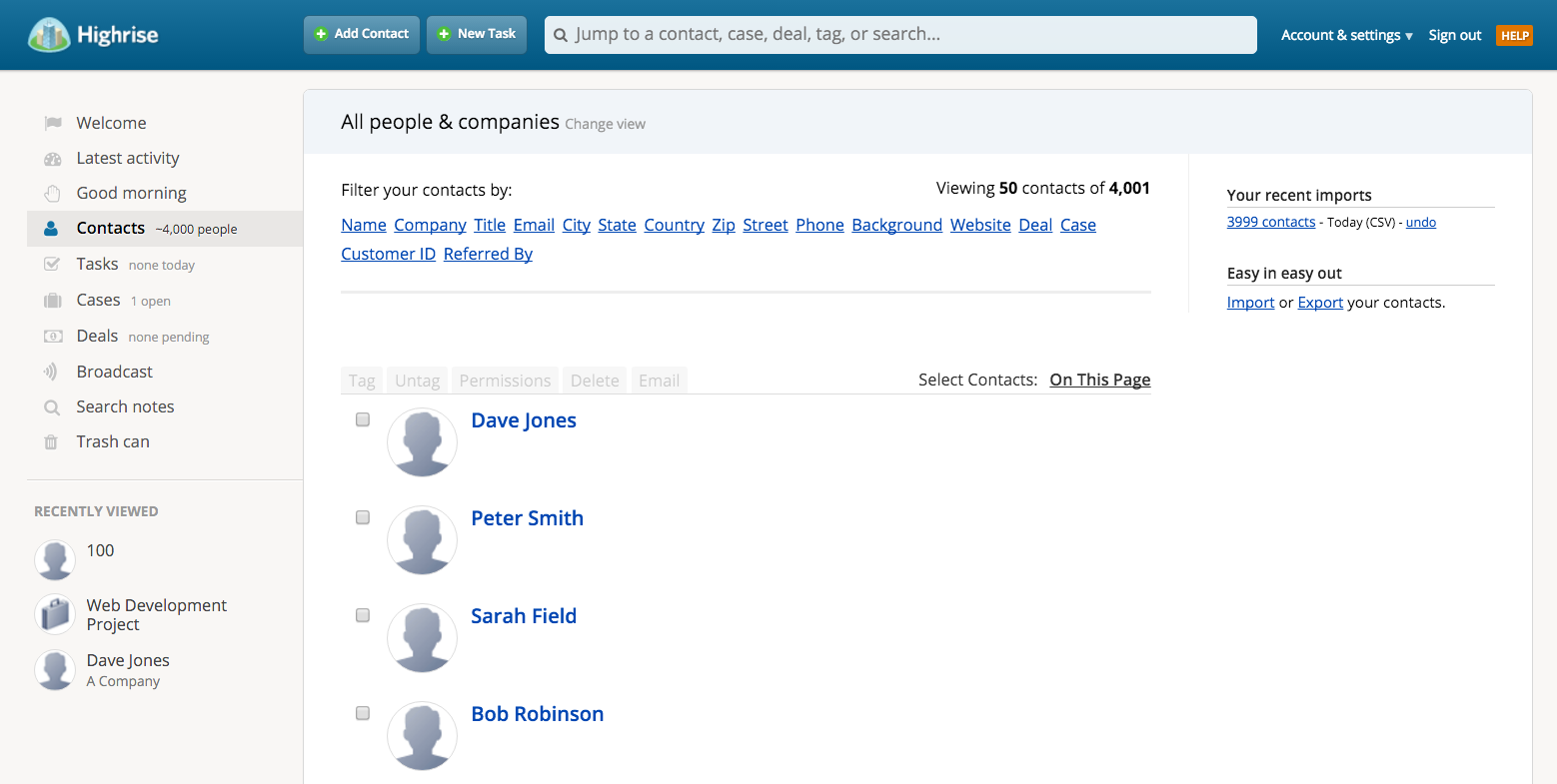
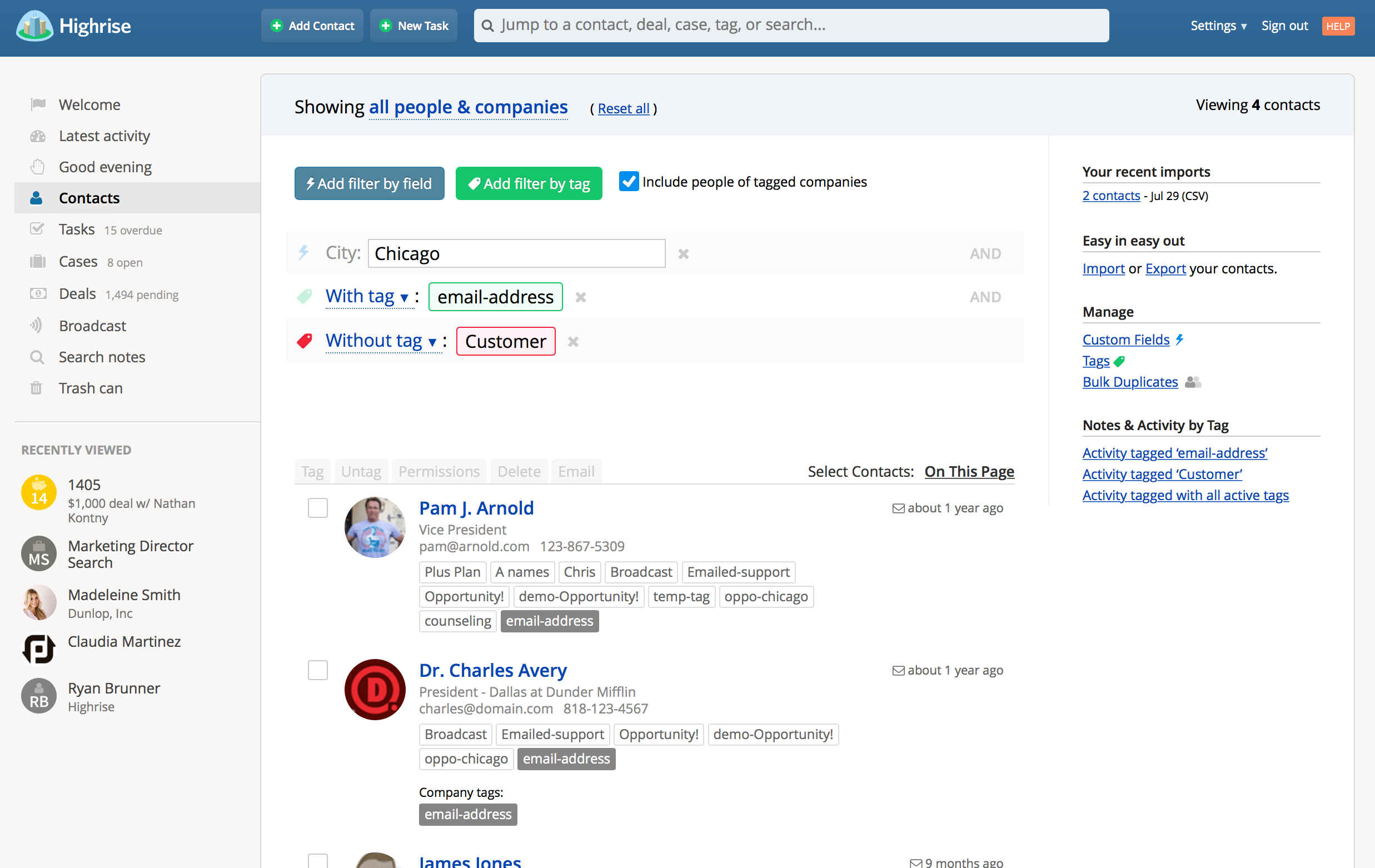
Your ability to filter down to the exact data you need is so much more powerful with everything from combining field filters with tags, to NOT tags and Company tags, to new view filters that allow you to find contacts without tags or notes or emails in a certain period of time… and more.
🐭 — Recurring tasks remind you to follow up with your most important customers on a regular basis.
🐹 — Deal custom fields, filtering and exports allow you to track and report on the data you need at a whole new level.
🐰 — Broadcast is simple bulk email so you can stay top of mind with your leads and customers whether through drip campaigns, newsletters, or onboarding emails without the hassle of another complex tool.
🦊 — Recency search allows you to return results based on recency rather than relevancy when you’re looking for that note from the other day.
🐨 — Filters allow you to drill down to a contacts activity and find information quickly.
🐻 — Auto populated avatars so you can spend time following up instead of updating everyone’s profile.
🐯 — Threaded comments so you can tell who said what when about whom. But also what it was related to :).
🐼 — Email integrations with Gmail and Outlook so you can send email directly from Highrise without having to go back and forth between apps.
🐮 — Predefined values on custom fields so your team won’t end up with twelve different variations of ‘Active’.
🦁 — Additional settings like our Slack integration so you can work more efficiently between Slack and Highrise, email templates that allow you to store common messages for reuse, and a referral program where you can give AND get credit for sharing Highrise.
In the last year alone we launched a brand new Android app, iOS 3.0 (rewritten from scratch), reporting and stats, autoforwarding for everyone, and even the ability to turn off features your team doesn’t use.
And all that work has not been in vain:
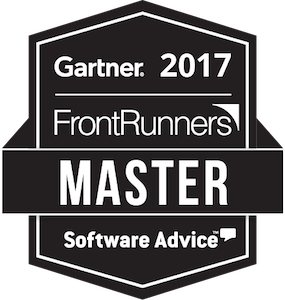
Awesome CRM for a small business on a budget, or a start up like mine. Highly recommended to those who just need simple, easy-to-use, intuitive CRM. — Thomas Lyon
So easy and intuative! I use it with my network marketing company and it helps me keep my tasks in order as well as remind me what and why my customers purchased before. — Kari Larned
Perfect CRM for our business. We can’t imagine our business without it! — Chris Sands
Our organization relies greatly on Highrise, this CRM is superior to many we have tried in the past. There are so many great customizations that allow it to work perfectly for our business. It is very clear that the development team here is very active and always rolling out amazing and useful new features. Absolutely ecstatic about our choice to be organizing our customer relationships with Highrise. — Trevor Howard
But what we’re most proud of is that even with all our improvement Highrise is even closer to our vision of the Simplest CRM. Our customers can focus on what matters, rather than learning and mastering another tool or trying to figure out a useless piece of eye candy and what it means.
We’re proud that Highrise allows our customers to connect and build relationships with their leads and customers. Because business should be about people NOT tools.
Want to know more? Read about how Ken Jansen uses Highrise for his real estate business.




